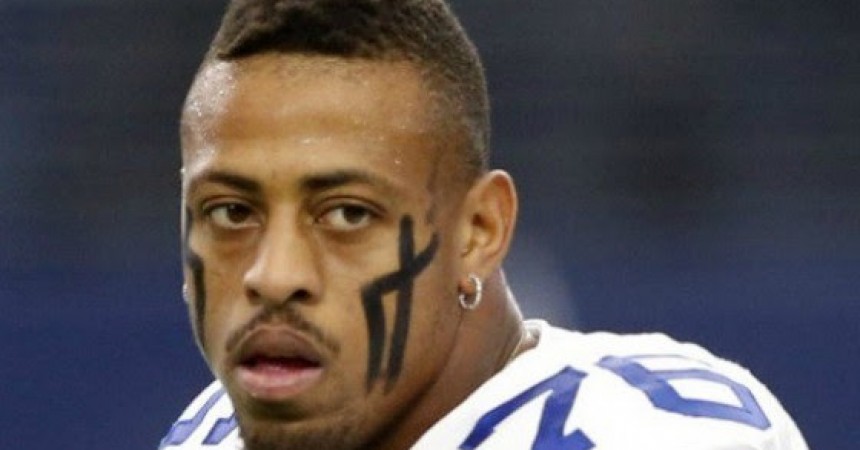
Domestic violence is no spectator sport Part 2
By Christopher Lampley
Outlook Writer
The conclusion of part one proposed the question as to whether public outcry, via social media, could lead to the end of domestic violence amongst professional athletes.
The idea of “social media activists” has assisted in bringing much needed attention to numerous social issues.
It has become even more common that professional leagues such as the National Football League (NFL), National Basketball Association (NBA) and Major League Baseball (MLB) takes notice of what the public thinks about how they handle certain situa- tions that involve their employees (athletes).
How can social media assist in a probable end to domestic violence?
“I believe that social me dia is more powerful than people think it is. I’ve seen small mountains moved because people have taken to Twitter or Facebook and posted how they feel about certain topics. Their opinions have touched the “higher-ups” in these professional sports,” Dwayne Cuthbert said. Cuthbert, a security guard at Darnell Cookman High School, feels as if change can al most be made overnight with an overflow of criticism.
“Granted there is no place for domestic violence in the NFL…when it is reported the public is notified and how they react plays the biggest role in how the league acts…people want the case specifics and social media provides that,” Cuthbert said.
Shedding light on problems such as domestic violence is always the first step. Social media presents its users with opportunities to share stories at any instance.
The Ray Rice domestic violence case could be noted as a case that really stirred the emotions of peo- ple and people got most of the information about the case from social media.
Take into account the story of former Carolina Panthers defensive end, Greg Hardy. Hardy, now a member of the Dallas Cowboys, was involved in a domestic violence case that raised a lot of concern when he was accused of “manhandling” his then girlfriend and was “throwing her around like a rag doll” after a heated argument. According to a neighbor that overheard the incident, she told the 911 operator that it sounded as if Hardy’s girlfriend was “screaming for her life.”
News of the Hardy incident broke to social media before it was reported to sports news outlets such as ESPN and Fox Sports. The outcry by social media users led to an increase in
attention to the handling of this case which possibly cemented swift rules that could possibly lead to athletes thinking before they react physically, with a significant other.
In a sense, public opinion could possibly outweigh the viewpoint of league officials that decide whether or not to persecute an ath- lete when involved in a domestic violence incident.
“Athletes are placed on a high pedestal but they are still every day people…I know that most of them use social media and see the things said about them whether positive or negative,” Dexter Billingslea said. Billingslea, a substitute teacher in Leon County, believes that public opinion can weigh heavily on an athlete’s mind.
“Whenever an athlete does something, whether good or bad, it is going to be publicized… whenever the action is negative, the league and the athlete will receive a lot of backlash if it isn’t handled the way the public wants,” Billingslea added.
Essentially, public criti- cism plays a major role into how things are handled. The use of social media outlets to voice concerns about issues, such as domestic violence, can play a big role into the possible end of it being committed by professional athletes.








